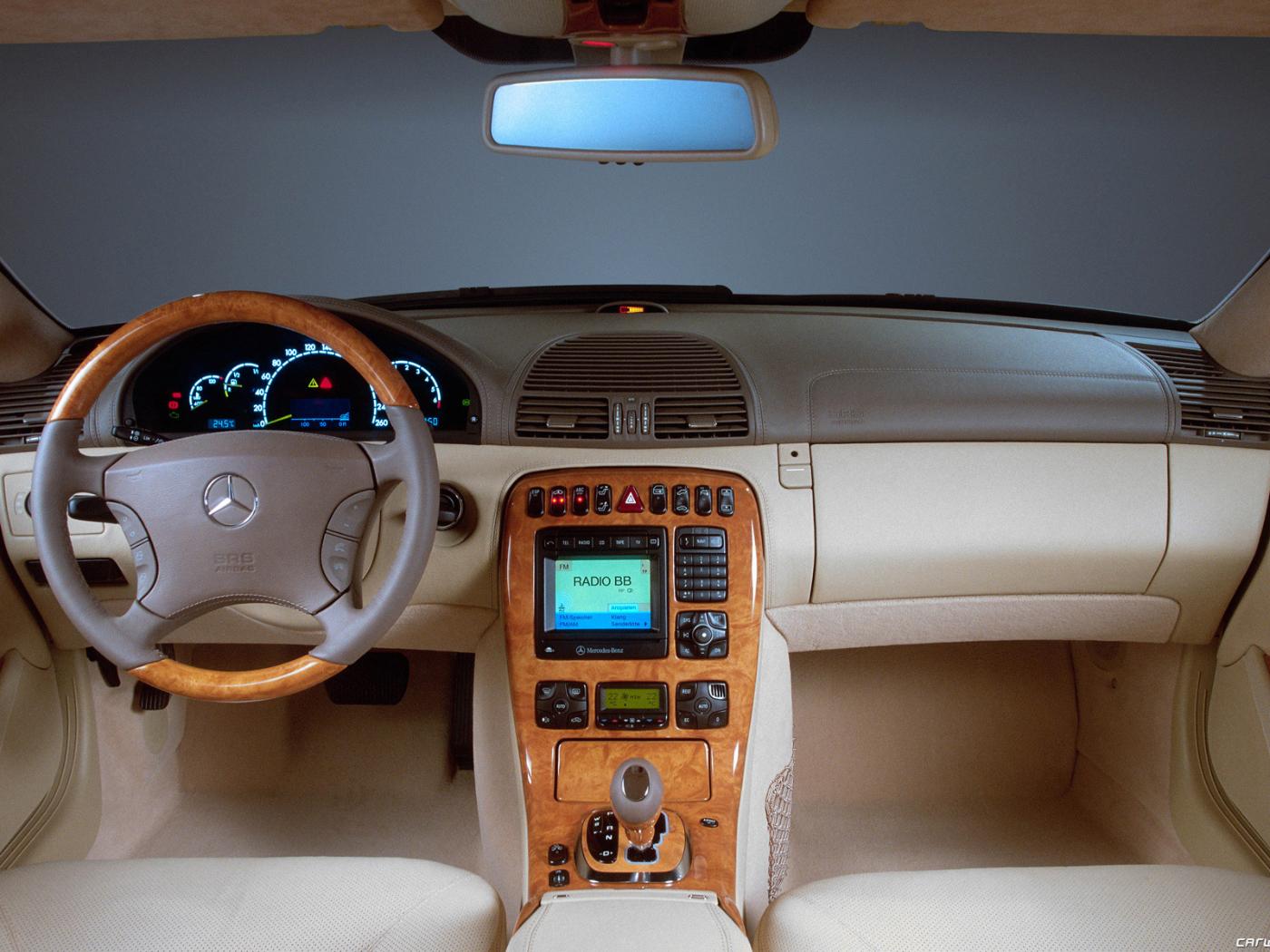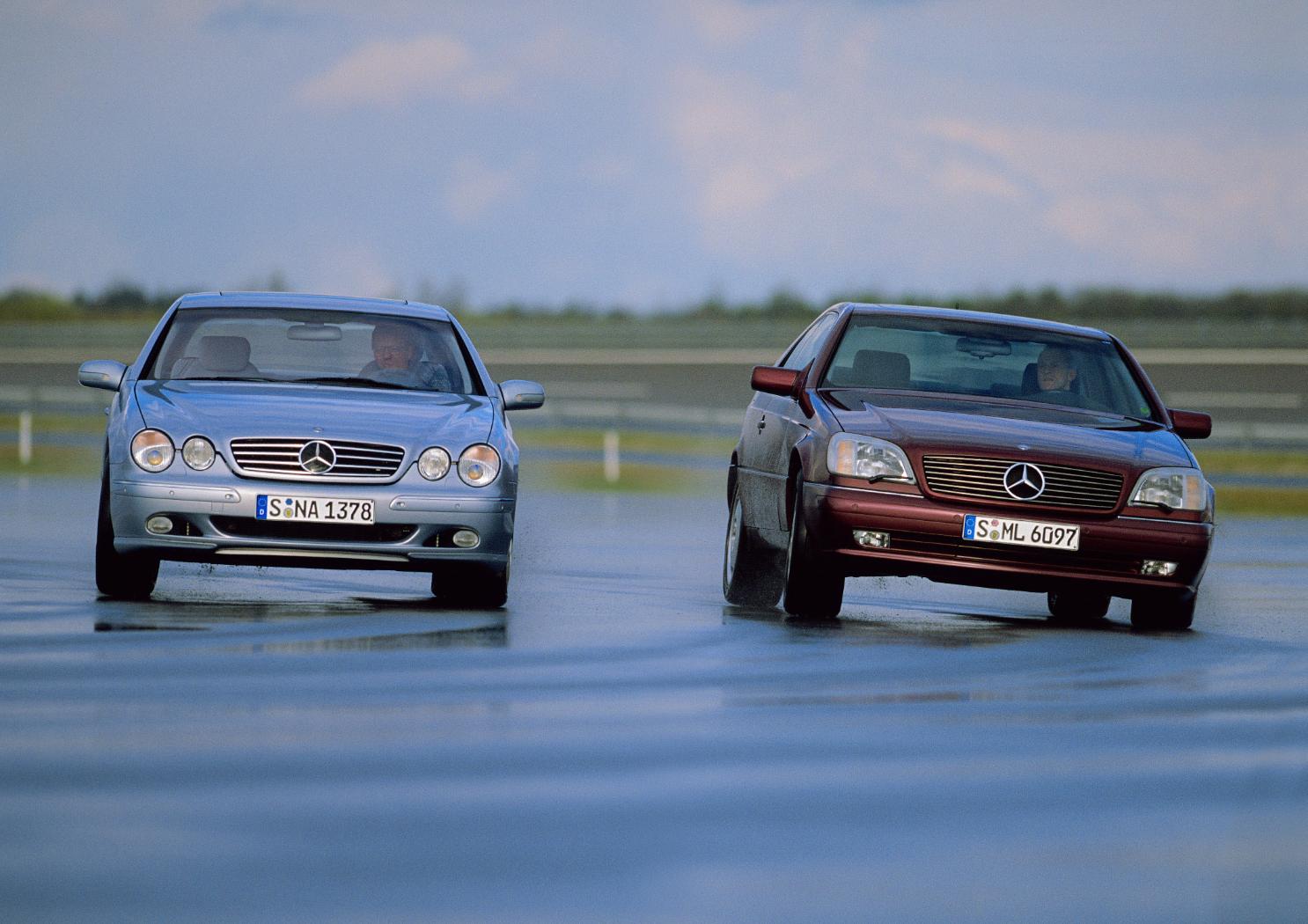The Toba Catastrophe Theory posits that approximately 70,000 years ago, a colossal volcanic eruption triggered a global volcanic winter lasting nearly a decade. This cataclysmic event led to a 1,000-year cooling period on Earth, resulting in a genetic bottleneck among humans, leaving only a small population of our ancestors.
Proponents of this theory suggest that all modern humans today are descendants of this reduced population, possibly numbering fewer than 10,000 individuals. They propose that our genetic diversity may reflect changes occurring within the last 70,000 years rather than a gradual differentiation over hundreds of thousands of years.

Drawing a parallel to the automotive world, particularly Mercedes-Benz, one might consider a similar “genetic bottleneck” occurring in the company’s history in 1999.
This year marked two significant events in Stuttgart: the retirement of legendary designer Bruno Sacco after 24 years at the helm of design and the release of the CL (C215) super coupe, the last Mercedes-Benz model to bear Sacco’s design influence.
The CL (C215) represented a departure from its predecessors in both design and technology, notably featuring a sleek, low-profile silhouette devoid of the traditional B-pillar interruption. This design evolution embodied a shift towards a more streamlined and modern aesthetic, departing from the monolithic design of previous models.
Moreover, the CL showcased innovative features such as the iconic Mercedes-Benz coupe grille, flanked by distinctive oval headlamps, and introduced novel customization options through the Designo program, including stone trim for the interior—a pioneering feature at the time.
Technologically, the CL (C215) was a tour de force featuring lightweight construction with materials like high-strength steel, aluminum, and magnesium. Its groundbreaking Active Body Control (ABC) suspension system minimized roll and pitch during dynamic maneuvers, setting new standards in luxury vehicle performance.
Despite its technical prowess and distinctive design, the CL (C215) remained exclusive, with production limited to just over 48,000 units in seven years. Its legacy endures as a testament to Mercedes-Benz’s commitment to innovation and luxury craftsmanship.

